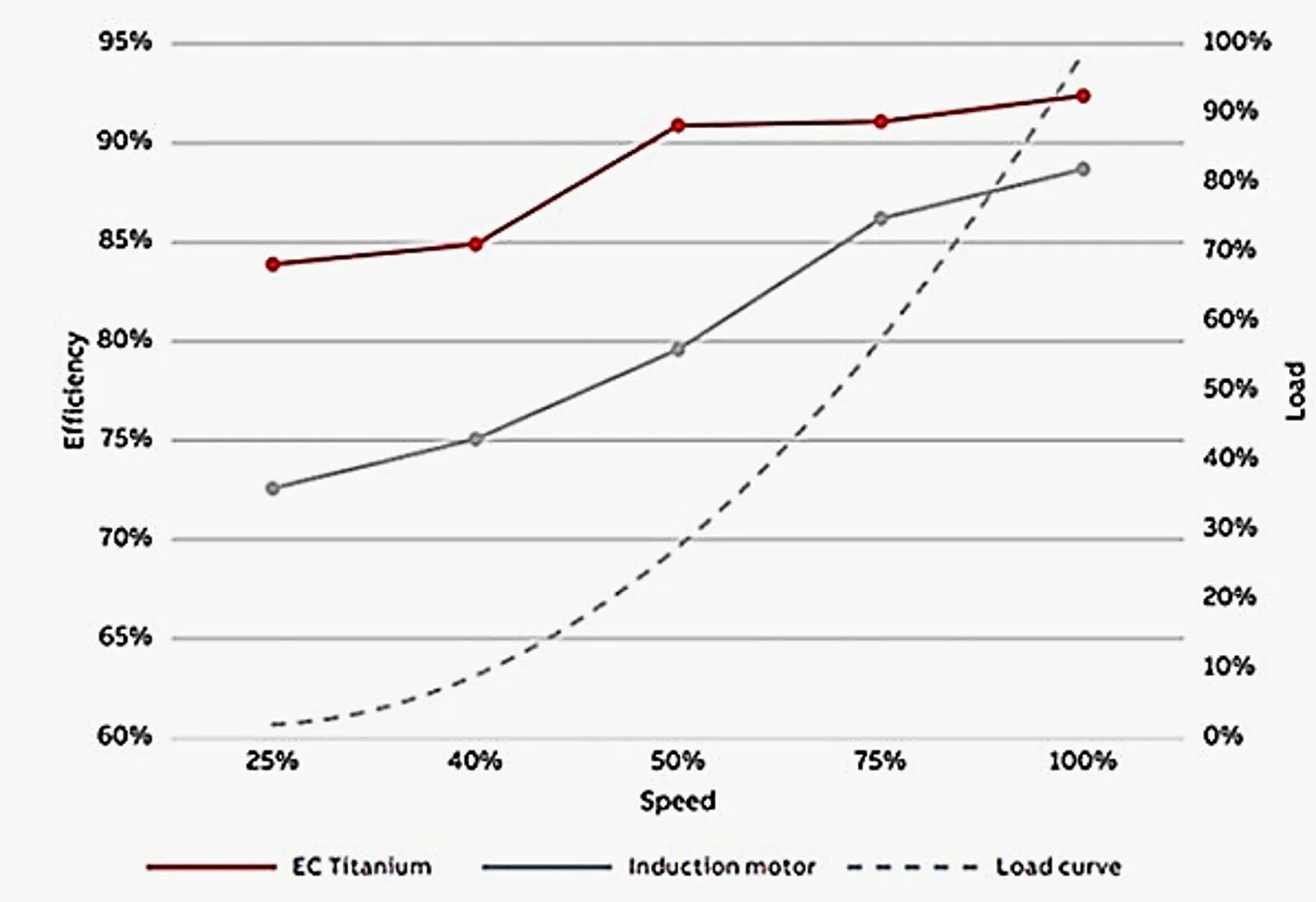Pump Motor Efficiency Requirements Part 2: Electronically Commutated Motors
/Electronically commutated motors (ECMs) will play an important role in compliance with increasing motor efficiency requirements from the U.S. Department of Energy (DOE). But how do these motors differ from century-old direct current (DC) motor technology….
Read More





